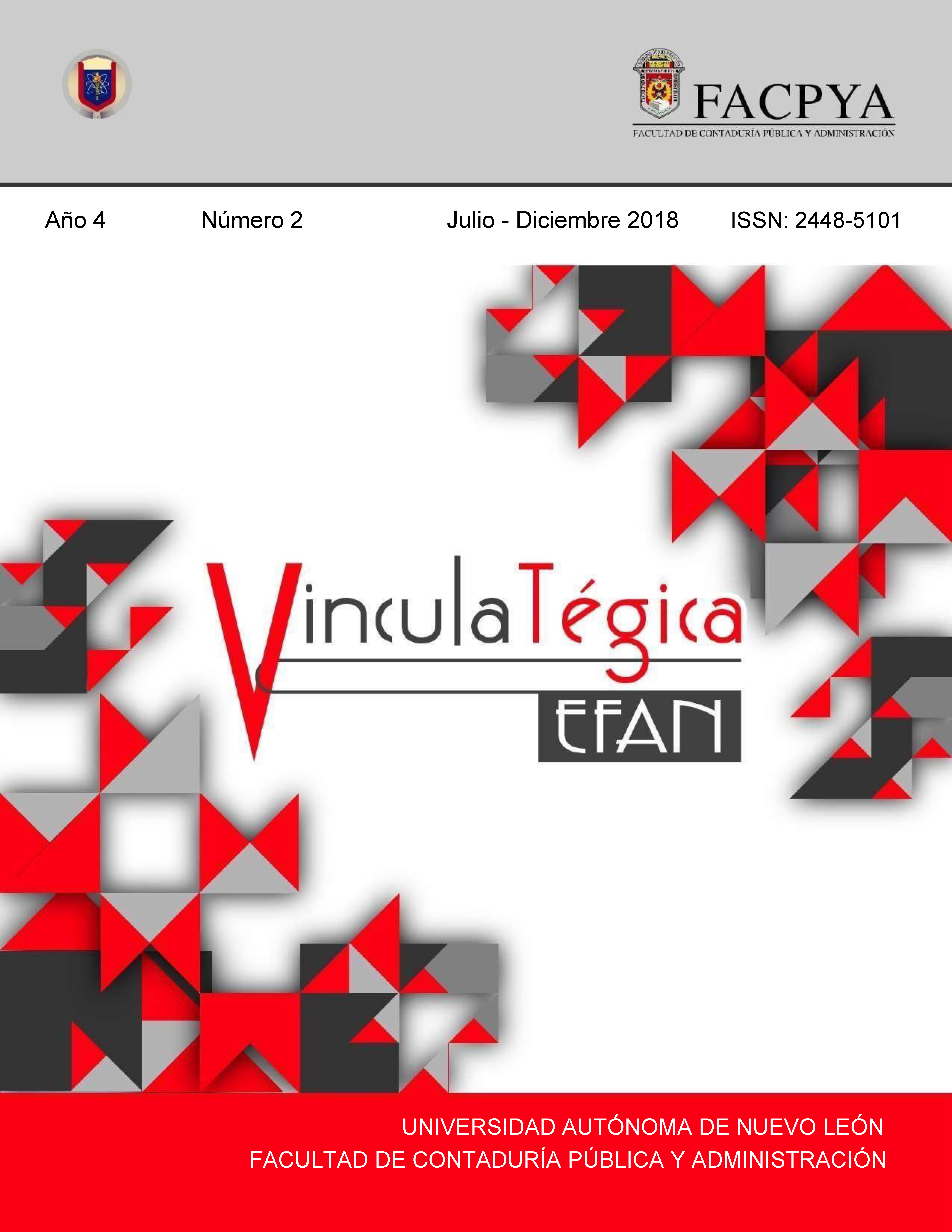Satisfacción en estudiantes de una IES Nacional
DOI:
https://doi.org/10.29105/vtga4.1-906Keywords:
satisfacción, estudiantes, universidadAbstract
The present study is descriptive with a quantitative and transversal approach, was carried out in order to determine the degree of satisfaction of undergraduate students of the schooled and mixed system of the Universidad del Sureste Vasconcelos (USV), private sector institution located in Minatitlán, Ver., a sample of 205 students was obtained from a population of 230. The sample was observed with the support of the Survey I.M. software, with 95% confidence and 5% error. The main results were: school system 63% and mixed system 69% that is to say the students are quite satisfied with the services that the University. A coefficient of Cronbach's alpha of 0.9220 was calculated, which is acceptable. In conclusion, it was observed that the students of the mixed system are more satisfied than the scholars, the main recommendations are: to conduct socioeconomic studies to the students and to carry out an academic program in time.
Downloads
References
Candelas, C., Gurruchaga, M., Mejías, A., & Flores, L. (2013). Medición de la Satisfacción Estudiantil Universitaria: Un estudio de caso en una Institución Mexicana. Revista Iberoamericana de Ingeniería Industrial, 271.
Carrillo, B. T., Zepeda, F. R., & Gonzalez, A. J. (2011). Evaluación de la satisfacción académica de los estudiantes de la Universidad Autónoma de Nayarit. Artículos de Divulgación, 48-49.
Contreras, C. A., González, M. O., & Álvarez, G. J. (2016). http://repec.economicsofeducation.com/2016badajoz/11-12.pd. En http://repec.economicsofeducation.com/2016badajoz/11-12.pdf
Diez, García, Martín & Periañez (2001). Administración y dirección. Madrid: McGraw Hill.
Gento, S. P., & Vivas, M. G. (2003). El SEUE: un instrumento para conocer la satisfacción de los estudiantes universitarios con su educación. Acción Pedagógica, 22-24.
Gento, S., & et al. (2003). El SEUE: un instrumento para conocer la satisfacción de los estudiantes universitarios con su educación. Acción Pedagogica, 24.
Gento, S., & Vivas, M. (2003). El SEUE: un instrumento para conocer la satisfacción de los estudiantes Universitarios con su educación. Acción pedagógica, 23.
Huete, L. (1997). Servicios & benecicios. España: Ediciones Deusto.
Jiménez, A., Terriquez, B., & Robles, Z. (2011). Evaluación de la satisfacción académica de los estudiantes de la Universidad Autónoma de Nayarit. Artículos de Divulgación, 48- 49.
Kotler P., Armstrong G., (2016). Fundamentos de marketing.México: Pearson Educación de México
Lebendiker, M., & Zevallos, E. (2010). Banco Centroamericano de Integración Económica.
LRH. (28 de septiembre de 2015). Los recursos humanos.com. En http://www.losrecursoshumanos.com/teoria-de-la-expectativa/
Mejías, A., & Martínez, D. (2009). Desarrollo de un instrumento para medir la satisfacción estudiantil en educación superior. Docencia Universitaria, Vol, X, N° 2, 34.
Perez, R., López, F., Peralta, M., & Municio, P. (2000). Hacia una educación de calidad. Gestión, instrumentos y evaluación. Madrid: Narcea.
Pérez, V. (2007). Calidad total en la atencion al cliente: pautas para garantizar la excelencia en el servicio. España: Ideas propias Editorial.
Pradenas, F., Casanova, M., Salas, E., & Varas, M. (2012). Medición del Grado de Satisfacción de los Estudiantes de Pregrado UDEC. X Congreso Latinoamericano de Sociedades de Estadística. Córdoba, Argentina.
Salinas, A., & Martínez, P. (2008). Principales factores de satis- facción entre los estudiantes universitarios: la Unidad Académica Multidisciplinaria de Agronomía y Ciencias de la UAT. Revista internacional de ciencias sociales y humanidades, 168.
Sampieri, R. H., Collado, C. F., & Lucio, P. B. (2010). Metodología de la investigación. México: McGraw Hill.
Downloads
Published
How to Cite
Issue
Section
License

This work is licensed under a Creative Commons Attribution 4.0 International License.
a). Authors keep copyright and give the journal the right of the first publication of the work under a Creative Commons attribution license. This license allows others to share the work as long as original authorship and initial publication in this journal is acknowledged.
b). Authors may make other independent and additional contractual agreements for the non-exclusive distribution of the version of the article published in this journal (e.g., include it in an institutional repository or publish it in a book) as long as they clearly indicate that the work was published for the first time in this journal.







